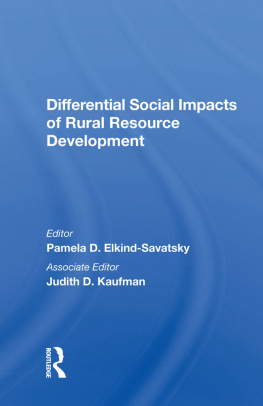

A NOTE TO PARENTS AND TEACHERS: Please remind your children how to stay safe online before they do the activities in this book.
A NOTE TO KIDS: Always remember your safety comes first!
Published in the United States of America
by Cherry Lake Publishing
Ann Arbor, Michigan
www.cherrylakepublishing.com
Content Adviser: Gail Dickinson, PhD,
Associate Professor, Old Dominion University,
Norfolk, Virginia
Book design and illustration: The Design Lab
Photo credits: Page 4, Dawn Shearer-Simonetti/Shutterstock, Inc.; page 5, Dmitriy Shironosov/Shutterstock, Inc.; page 6, archana bhartia/Shutterstock, Inc.; page 10, Isaiahlove/Dreamstime.com; page 18, iStockphoto.com/myshotz; page 20, Patrickwang/Dreamstime.com; page 23, Monkey Business Images/Shutterstock, Inc.; page 27, Zurijeta/Shutterstock, Inc.
Copyright 2012 by Cherry Lake Publishing
All rights reserved. No part of this book may be reproduced or utilized in any form or by any means without written permission from the publisher.
Library of Congress Cataloging-in-Publication Data
Wilkie, Sara.
Super smart information strategies: social studies projects that shine/by Sara Wilkie.
p. cm.(Information explorer)
Includes bibliographical references and index.
ISBN-13: 978-1-61080-123-2 (lib. bdg.)
ISBN-13: 978-1-61080-269-7 (pbk.)
1. Social sciencesStudy and teaching (Elementary)Activity programsJuvenile literature. 2. Project method in teachingJuvenile literature. I. Title.
LB1584.W489 2012
371.36dc22 2011016113
Cherry Lake Publishing would like to acknowledge
the work of The Partnership for 21st Century Skills.
Please visit www.21stcenturyskills.org for more information.
Printed in the United States of America
Corporate Graphics Inc.
July 2011
CLFA09
Table of Contents
Chapter One
Organizing Your Team
Chapter Two
Creating a Place to Work Together
Chapter Three
Seeing All Sides
Chapter Four
Digging to Discover
Chapter Five
Drawing Conclusions and Putting It All Together
Chapter Six
Reflecting on Teamwork
CHAPTER ONE
Organizing Your Team
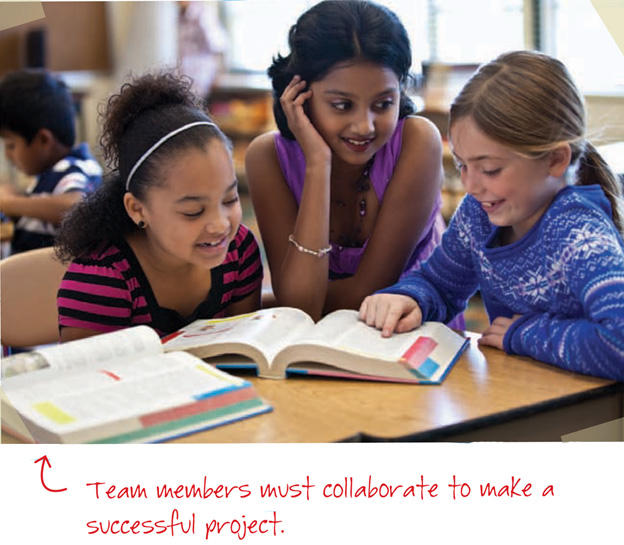
Have you ever worked as a member of a team to get something done? If you have, you know how important it is for everyone to work together. Teamwork means agreeing on a goal and working together to reach that goal.
Collaborating on a social studies project requires teamwork. In the pages ahead, you will work as a member of a team to pick a social studies topic. Your team will dig to discover more and then work together to share what youve learned with others.
Social studies deals with the study of people, groups, societies, and cultures. There are a lot of topics in social studies. Your team may be able to pick any topic to work on, but sometimes you are assigned a topic. Social studies fairs are like science fairs. But instead of experiments, teams showcase their research or problemsolving skills in social studies. Some fairs have a list of topics from which your team must choose. Other fairs do not. Knowing the rules and goals for your project will give your team a place to start.
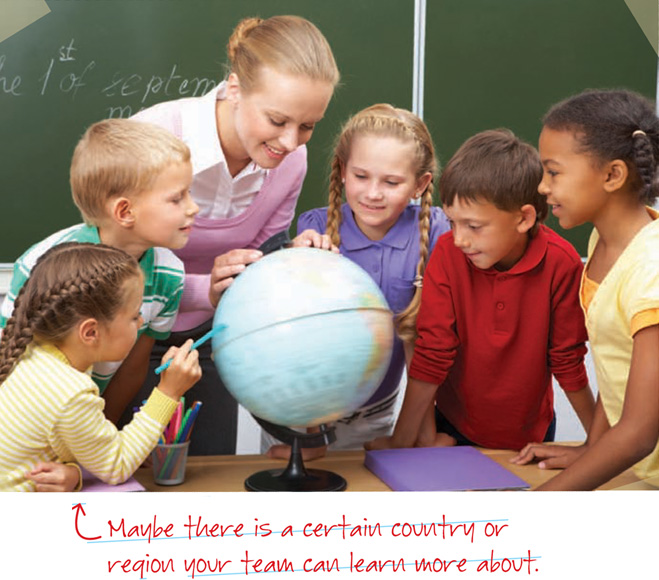
First, your group will need to agree on a topic or event. Members should consider their own interests and think about events that catch their attention. Your team will be more motivated if a project is chosen that interests all of you. Try listening to current news stories. Magazines, newspapers, television, and online news sources can offer ideas to get you started, too. Some Web sites offer lists of project ideas. You can also tour social studies fairs to see what topics other students are exploring. You dont want to copy someone elses work, but sometimes seeing another project can help spark ideas for your own.

When your team comes up with a list of ideas for a topic, youll want to discuss them. Listen carefully to each others comments and suggestions. This can be hard, especially if you have a topic you really like. But when you are working with a team, it is important to consider everyones ideas before making a decision.
After a topic has been selected, the team needs to work together to narrow the focus and identify a driving question. This is the one big question that the team decides to pose about the topic. The driving question will clearly define the focus of the project. It is important for everyone on your team to agree on the driving question. Brainstorming is one effective way of thinking about all of the possible questions your team could pick. In a brainstorm, you jot down questions that people come up with in a short amount of time. As you do this, keep in mind the rules and goals for your project. When the time is up, the team can discuss the possibilities and select a question for the project.
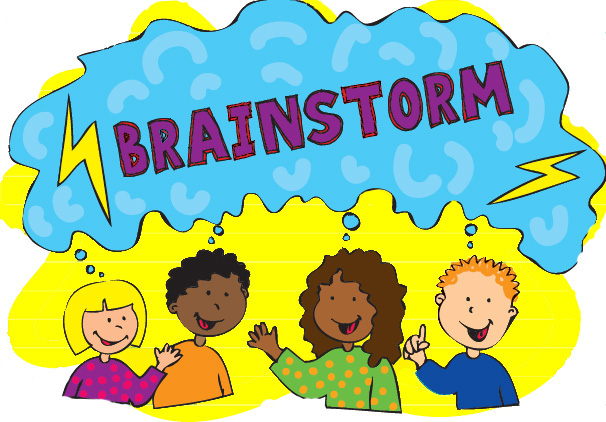
TRY THIS!
Make sure each group member has an index card and a pen or pencil. Spread out so you have enough room to work independently. Think about your groups chosen topic:
What about this topic interests you the most?
What questions do you have about the person or event?

Write down your answers. Then regroup as a team. Listen to each others questions, but do not comment on them. There will be time to discuss them in the next step. Be sure each member of your group has a chance to share. Listen respectfully and carefully:
Do any ideas or questions sound similar to yours?
Are there parts of others questions that fit with parts of yours?
Are there other questions that catch your attention?
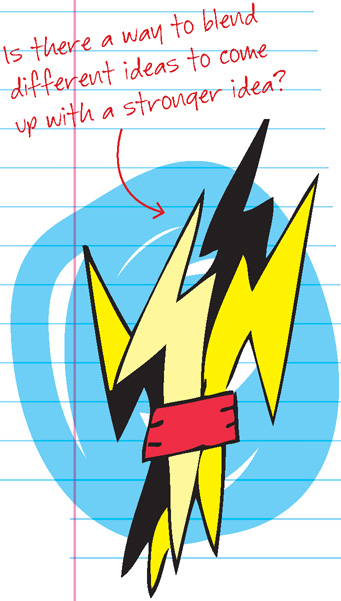
Finally, discuss each question as a team:
How well does the question relate to your topic?
Will it capture viewers attention?
Is it broad enough?
Is there a way your team can blend parts of different questions to come up with a stronger one?
Do your best to decide on a driving question that each member is interested in investigating. Reaching a consensus will pay off in the end!
CHAPTER TWO
Creating a Place to Work Together







